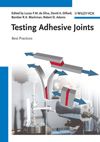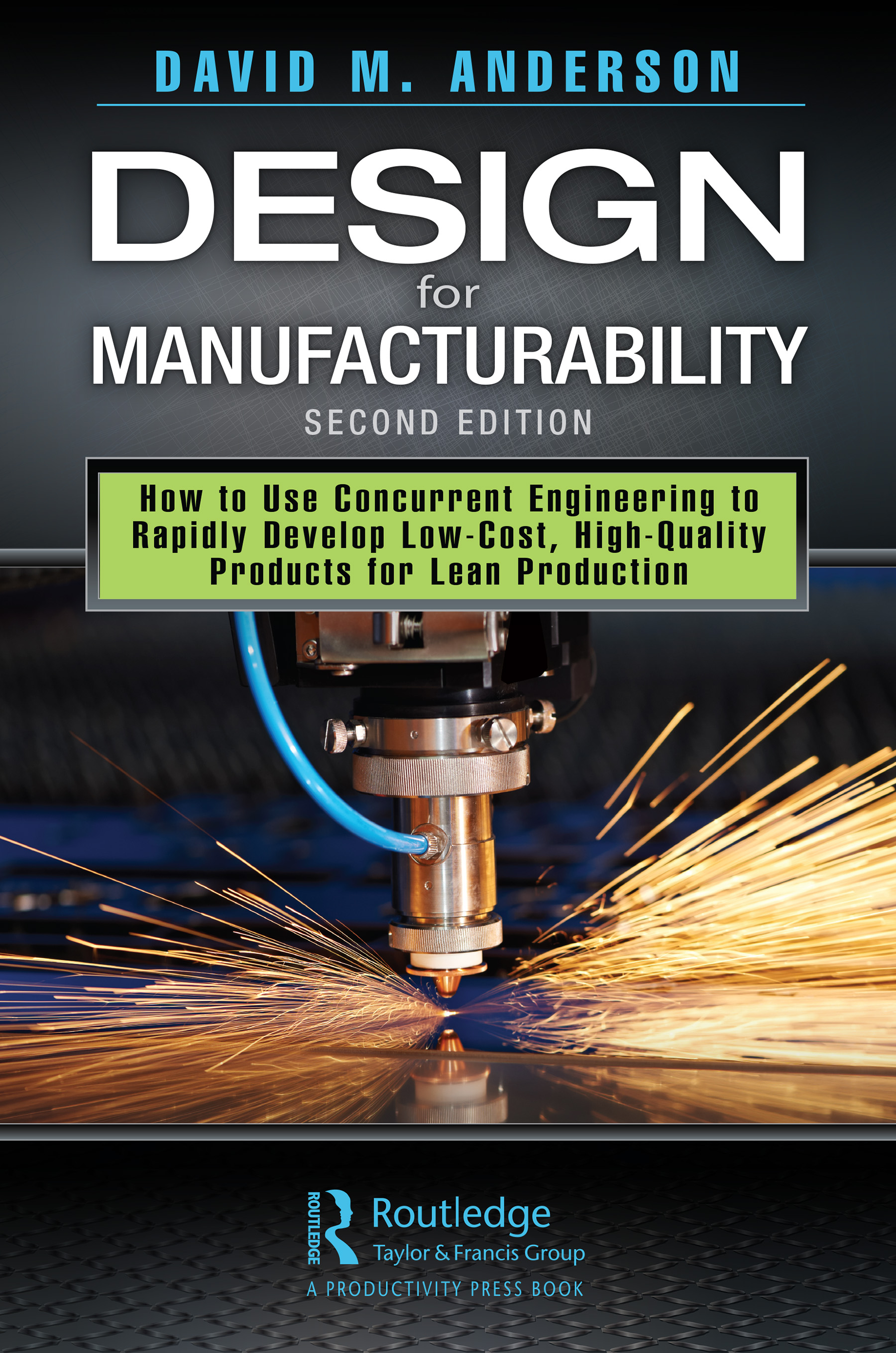Brazing is not immediately associated with electronics applications, but it is, in fact, the major means of joining parts in high-power, free-electron devices, such as traveling wave tubes, magnetrons and klystrons. The range of special materials, braze alloys and brazing techniques used to manufacture a single device is larger than what most brazing engineers would encounter in their entire careers. Free-electron devices are used in such products as marine radars, industrial cookers, television transmitters and cancer treatment equipment. These devices are so complex that most assemblies are brazed in multiple steps. Although four or five steps are typical, some assemblies need as many as nine, with brazing temperatures ranging from 2,000 C for molybdenum-ruthenium assemblies to 780 C for eutectic copper-silver assemblies. Braze alloys with low melting points are not used, because they usually contain elements that would vaporize in the vacuum and temperature conditions inside the devices. This could contaminate sensitive components. The same problem limits the form of the braze alloy to preforms cut from wire or thin sheet.
For high-volume production, a mesh-belt furnace with a nitrogen-hydrogen atmosphere is a good technique. Other brazing methods include pusher and bell furnaces with atmospheres ranging from 5 percent hydrogen to 100 percent hydrogen; vacuum furnaces with argon backfilling for improved cooling times; and induction brazing in a controlled nitrogen-hydrogen atmosphere. Which process to use depends on the materials and whether other joints in the assembly have already been brazed.
Besides brazing, furnaces are used to prepare materials to make them suitable for high-vacuum applications. For example, because of its magnetic properties, pure iron is used as part of the vacuum envelope in some high-power electronic devices. Commercial pure iron contains a higher level of carbon than is acceptable for vacuum applications. To reduce this carbon, the material is decarburized in a wet hydrogen atmosphere.
Precision and quality are the watchwords in these high-value products. To maintain precise alignment during brazing, all assemblies are either jigged or designed to be self-jigging. Most jigs are usually made of stainless steel that has been oxidized in a humidified nitrogen-hydrogen atmosphere at 1,050 C to prevent wetting by the braze material. Carbon, alumina and molybdenum jigs are also used.
In the design phase, it is particularly important to ensure that no trapped volumes are created between components that are joined together. Trapped gases will diffuse out during operation and could contaminate the assembly. Even inert gases are potentially damaging, because they could raise the internal pressure sufficiently to prevent the device from working.
High-power electronic devices are assembled in humidity- and temperature-controlled clean rooms. To keep the assemblies in good condition when they leave the clean room for brazing, they should be stored in heated cabinets or in continuously purged nitrogen boxes. Processing the product in a nitrogen-hydrogen atmosphere ensures that it remains as clean, if not cleaner, when it leaves the furnace as when it went in.
In many cases, it’s impossible to assess product quality until the final sealing operation has been completed and the product is under high vacuum. Therefore, every effort should be made to ensure that all materials, including the braze alloys, meet strict specifications. Where possible, subassemblies should be tested for leaks with a helium mass spectrometer to ensure the integrity of the hermetic seal.
Mesh-Belt Furnace Brazing
Because magnetrons for marine radars are produced in relatively large volumes, dedicated mesh-belt furnaces can be used for brazing. At first, it was quite difficult to set up these furnaces, because they are accessed from a clean room that is at a higher air pressure than the furnace area. As a result, the clean room atmosphere would blow down the furnace and degrade its atmosphere of 90 percent nitrogen and 10 percent hydrogen. The problem was solved by fitting a series of automatic air locks and gas bypass systems operated by actuators on the jig fixture.
A magnetron consists of copper, ceramic and nickel alloy components. These components are brazed using a eutectic silver-copper filler metal. After brazing, the alloy inside the joint can withstand higher temperatures than the original eutectic filler metal, because the silver dissolves in the copper body. This means that more than one brazing operation can be carried out at the same temperature using a eutectic silver-copper braze alloy.
Step Brazing
Step brazing can be accomplished in a vacuum furnace for large assemblies, or in a series of pusher furnaces, each with its own set temperature and atmosphere.A magnetron anode with ceramic, copper and nickel alloy parts is brazed in a six-step process.
In the first step, a copper part is brazed to a nickel alloy using a filler metal of 37.5 percent gold and 62.5 percent copper. The brazing alloy has a liquidus temperature of 1,000 C. In the second step, copper is brazed to a nickel alloy using a filler metal of 62.5 percent gold and 37.5 percent copper. This filler metal has a liquidus temperature of 940 C.
In the third step, a subassembly that has been brazed with pure copper is brazed to the anode body using a filler metal of 80 percent gold, 19 percent copper and 1 percent iron. This alloy has a liquidus of 910 C. In the fourth step, another subassembly is brazed to the main structure. Like the previous subassembly, this component has been brazed with pure copper at 1,083 C. This subassembly is attached via a glass-to-metal seal that is created using induction heating.
In the fifth step, another subassembly is joined to the main structure, this time with a TIG weld. This subassembly has had two previous brazing operations: one using pure copper and the second using a eutectic silver-copper filler metal at 780 C. Finally, one more subassembly, which has been brazed using a gold-copper-iron alloy, is joined to the main structure by TIG welding.
All these joints must provide a perfect hermetic seal. In fact, no leak should be detectable when the component is tested on a helium leak detector at a pressure of 10-12 millibars.
The vacuum carcass is baked and pumped down to a hard vacuum before final sealing. On some devices, gas is evolved during initial operation and testing. To maintain a very low pressure, small vacuum ion pumps are appended to the device. These ion pumps use elements such as titanium to absorb and trap any gas that is liberated. The ion pump components are assembled from ceramic and nickel alloy components with Kovar interlayers and are brazed with gold-copper alloy.
Bell Furnace Brazin
Bell furnaces are used to braze large assemblies. These furnaces can be supplied with atmospheres ranging from 5 percent hydrogen and 95 percent nitrogen for copper parts, to 100 percent hydrogen for stainless steel. For the best results, stainless steel should be brazed with a silver-copper-palladium alloy at 950 C in an atmosphere with a dew point of -60 C. To ensure that the temperature profile of large components meets the brazing specification, the furnace’s thermocouple should be attached to the largest mass of the part.
High-megawatt klystrons are often brazed in bell furnaces. The ceramic primarily used in these devices is alumina, which acts as a window through which amplified radio frequency power is transmitted to the outside world. Prior to brazing, the alumina, usually 94 percent to 99 percent pure, is treated with a molybdenum-manganese paint. The paint is fired on, then nickel plated, which produces a hermetic seal after brazing.
Induction Brazing
If a component cannot be heated to brazing temperature, induction brazing is used. In induction brazing, the surfaces of the components to be joined are selectively heated to brazing temperature by electrical energy transmitted to the workpiece by induction, rather than direct electrical connection.The depth of heating by induction depends on the frequency of the alternating current, which can range from 60 hertz to 450 kilohertz. As the frequency increases, the depth of heating decreases. Distribution of heat to other areas of the workpiece depends on conduction.
One device that is often assembled with induction brazing is a glass-encapsulated "getter." This component performs a similar function to ion pumps. To prevent oxidation, the getter is brazed in an enclosure that is purged with 90 percent nitrogen and 10 percent hydrogen. It takes only a few seconds to braze the two copper components using a silver-based braze alloy.
Final Assembly
Little evidence of the vast amount of brazing necessary to assemble high-power electronic devices is evident in the final products. However, if you were to cut open a magnetron used in a linear accelerator for cancer treatment, or an inductive-output television transmitter tube, you’d see how the complex internal structure is held together by a series of high-precision brazes to form a hermetically sealed vacuum chamber with all its components accurately aligned.Although it is not apparent from the finished component, the task of brazing free-electron devices is complex and challenging. The full range of controlled-atmosphere brazing techniques must be employed to meet the quality and precision requirements of these products, even though the selection of brazing materials is limited by the need for vacuum compatibility. At E2V Technologies, those challenges are met and overcome to produce world-class products.






